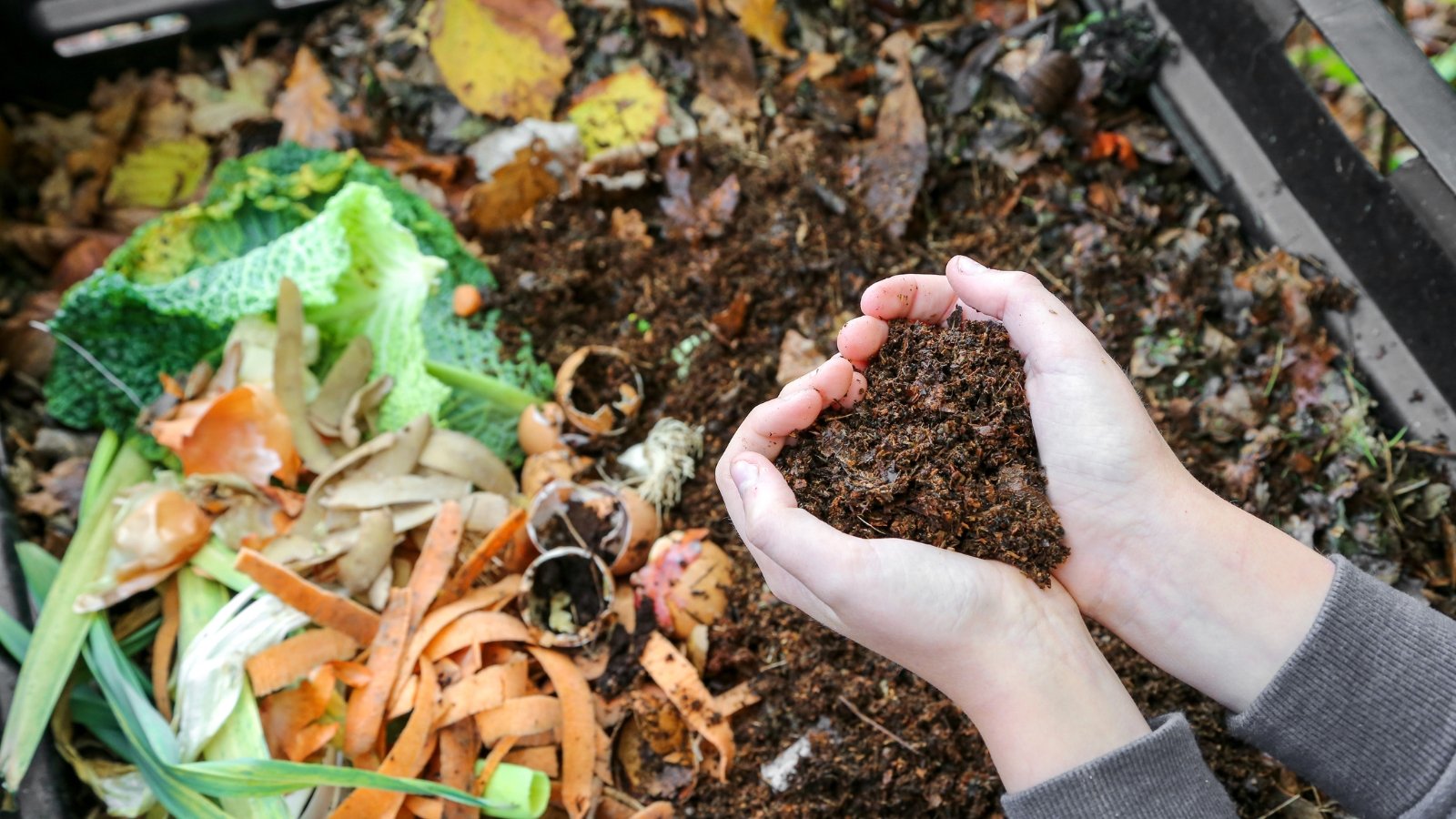
13 Cowl Crops You Should Plant in September
[ad_1]
You could picture a considerable farming operation if you happen to take into account cowl cropping. Cowl crops are moreover a tremendous machine for dwelling gardeners. There are cool-weather crops and warm-weather crops. We take care of individuals who help the soil all through the cooler months in September.
In actual fact, cowl cropping is an excellent machine for rebuilding and sustaining the soil in your vegetable yard. Are you aware this course of may also be helpful for annual beds that need rejuvenation? Let’s communicate in regards to the carry out of cover cropping and some vegetation that you’d be capable of plant in September to enrich your yard for subsequent spring.
What Operate Do They Serve?
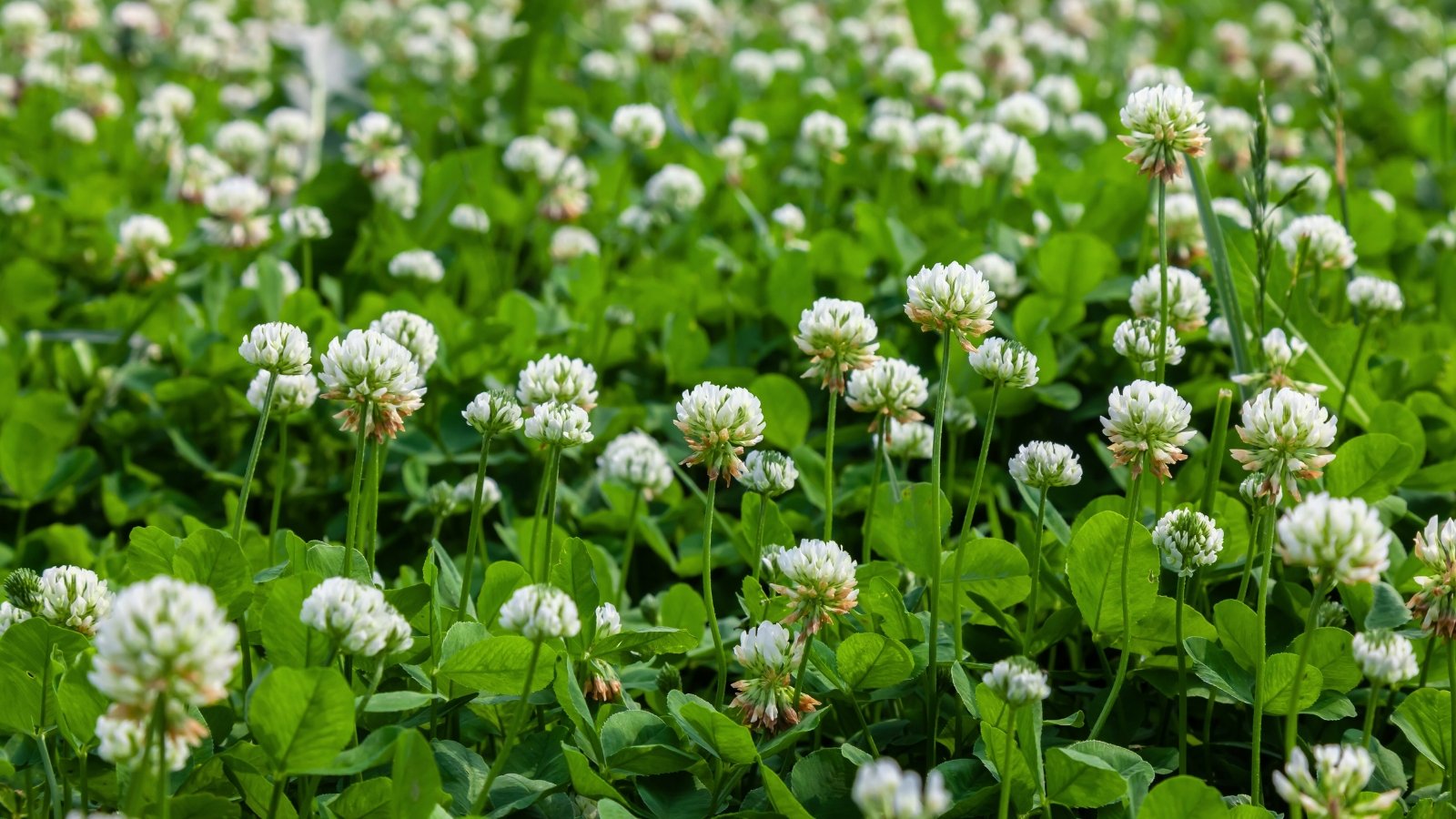

I’m so glad you requested! Cowl crops are a helpful helpful useful resource that serves very important features in relation to soil rejuvenation. Every has its private capabilities. Quite a few the causes to utilize them embody:
Cowl crops improve the development of the soil and provide aeration. Residing roots help to maintain up nutritional vitamins throughout the soil and help microorganisms. These vegetation moreover help to rebuild the soil when broken down and included into the soil.
Some vegetation are nitrogen-fixing, which suggests they draw nitrogen from the air and deposit it throughout the soil. This helps to replenish the nitrogen misplaced to heavy feeders all through the rising season.
One different advantage of crop rotation using cowl crops is the security of soil from erosion. These vegetation don’t solely cowl the ground of the soil defending it from rain and wind. The roots moreover improve the development of the soil and encourage improved water infiltration.
Cowl crops operate a weed suppressant in a number of strategy. Some are allelopathic, which means they produce chemical compounds that stunt the enlargement of various roots and germination of seeds. Moreover they block the photo voltaic, which prevents seeds that need light for germination from sprouting.
For farmers, no-till cover-cropping methods protect gasoline used to till their fields. This protects money and is greatest for the setting. On a small scale, there is a revenue for gardeners who don’t want to spend time and vitality tilling.
Best Cool Local weather Cowl Crops
Some vegetation work greater for this operate within the summertime, between warmth and funky local weather crops. Others are good for planting all through the cool season to replenish after the summer season rising season.
Listed beneath are some good cowl crops to plant in September. In hotter areas, you may want to wait one different month to get started, as most of them need cool local weather to do their most sturdy rising. Remember that some are invasive in positive areas, so study collectively along with your extension office to ensure you plant non-invasive crops.
Winter Rye


Winter rye is chilly hardy, and does a tremendous job of defending your yard over the winter. In case you arrange this cowl crop in September, it grows far into the autumn, and after a brief dormancy, resumes progress in early spring. It’s moreover simple to develop and requires little repairs.
Winter rye is allelopathic, so it prevents weed seeds from germinating. It scavenges nutritional vitamins from the earth, which retains them in your yard barely than washing them away. It has deep roots that help to cease erosion and aerate the soil.
Daikon Radish
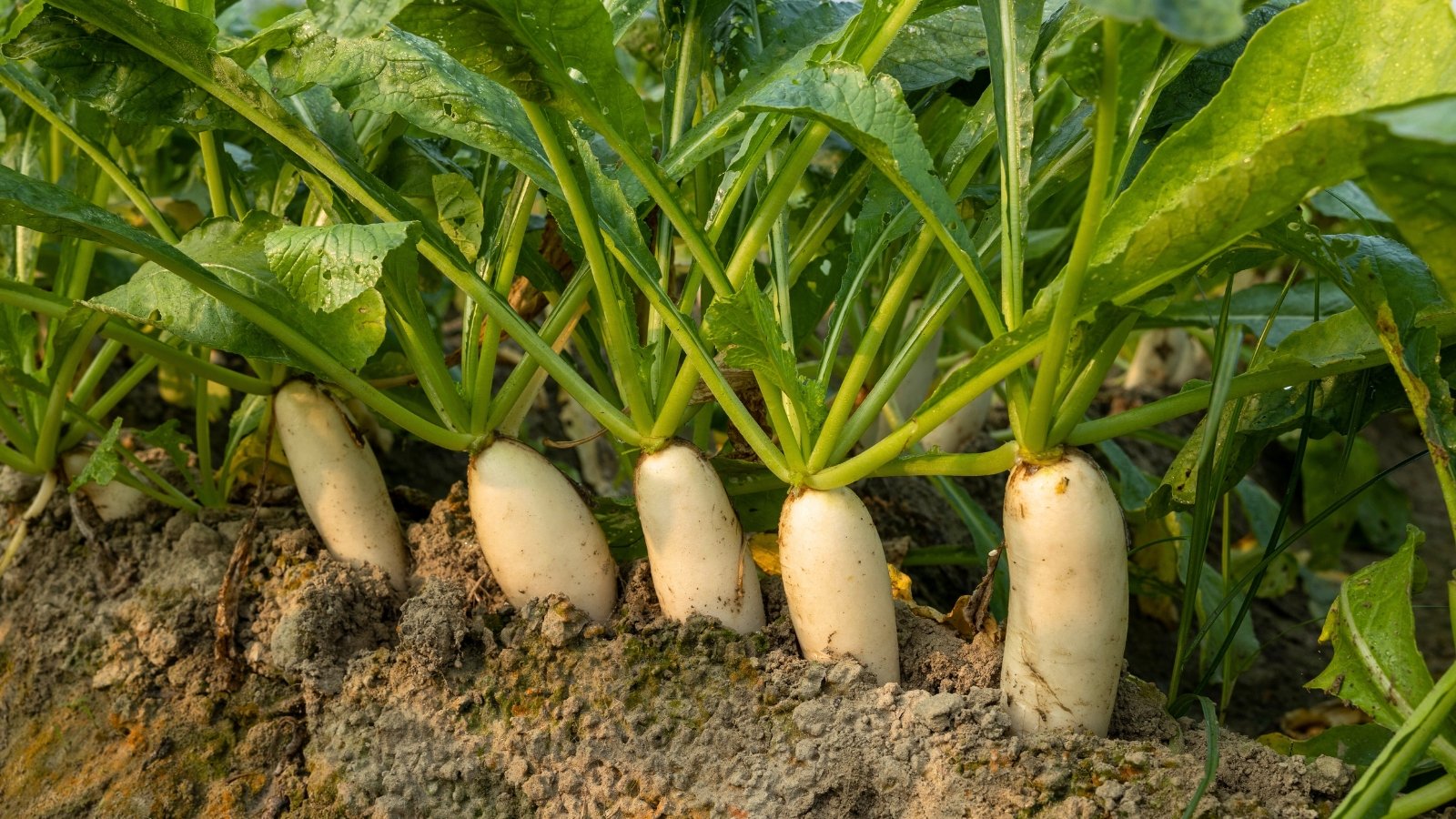

Daikon radishes are a unimaginable root vegetable that works good for safeguarding and enriching beds over the winter. They repel pests and suppress weeds, making a lighter load for the gardener in spring.
They recycle nutritional vitamins throughout the earth by capturing additional nitrogen. After they decompose throughout the spring, that nitrogen goes once more into the underside. Daikon radishes have deep taproots that are moreover good for breaking up compaction.
Winter Vetch
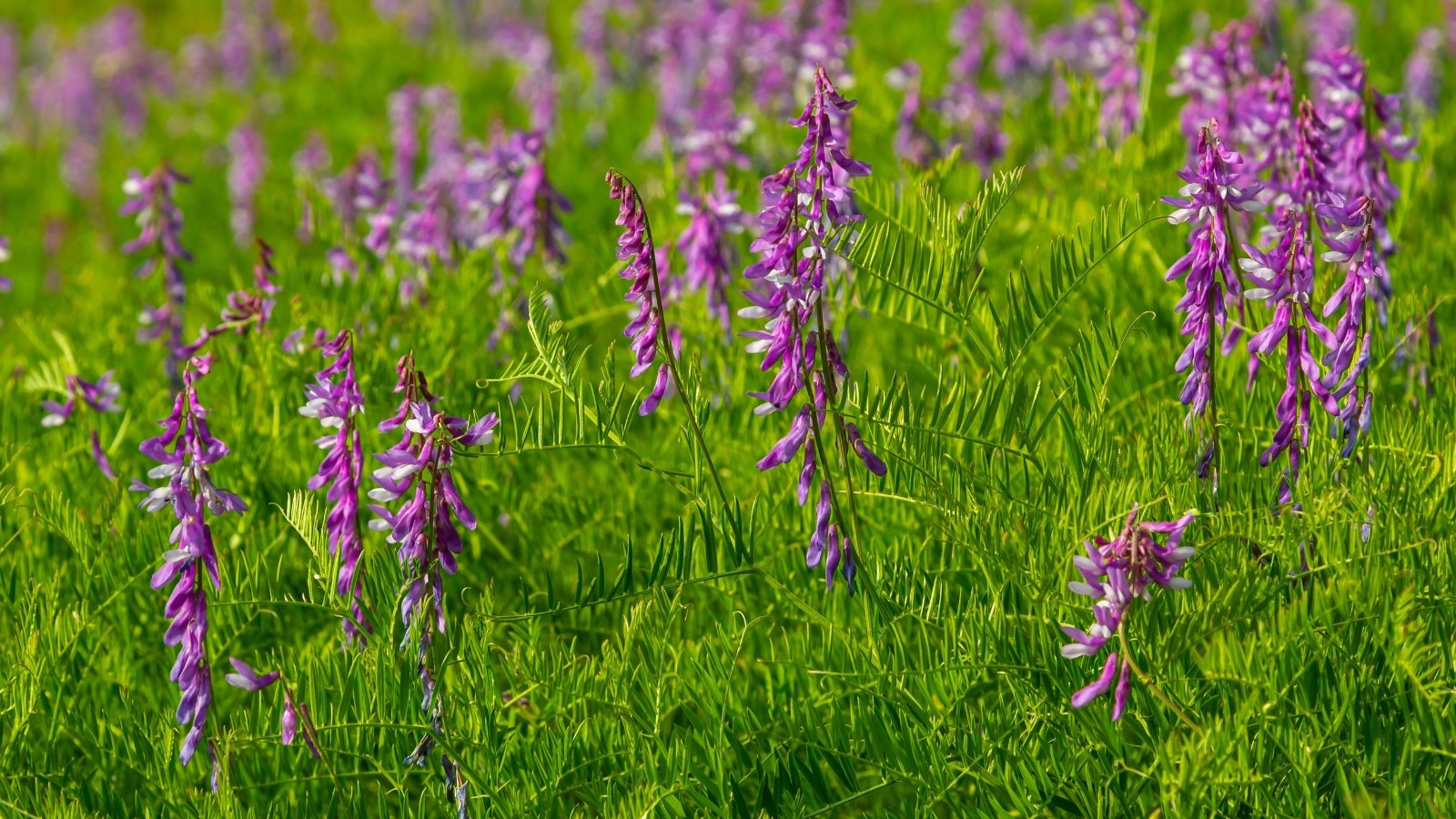

Winter vetch is a nitrogen fixer, so it provides nitrogen to subsequent yr’s greens. It moreover helps to retain moisture in yard beds. It grows quickly, forming a mat that forestalls erosion successfully.
There could also be evaluation that implies that vetch can improve the sickness resistance in your yard. Use it as mulch throughout the spring to protect your newly planted crops. Its mat-forming progress moreover does a tremendous job of stopping weeds.
Fava Beans


Fava beans are one in all many prime nitrogen fixers, and their deep roots are superb for bettering belowground building and aeration. They’re going to break up clay and completely different compacted earth whereas they deposit nutritional vitamins.
These beans are good for weed suppression, and flower in spring to supply meals for pollinators. They’re extraordinarily cold-tolerant, and so they’re edible in addition to!
Reduce them on the ground and go away roots to decompose when in bloom. Use the tops as mulch for an excellent nitrogen improve.
White Clover
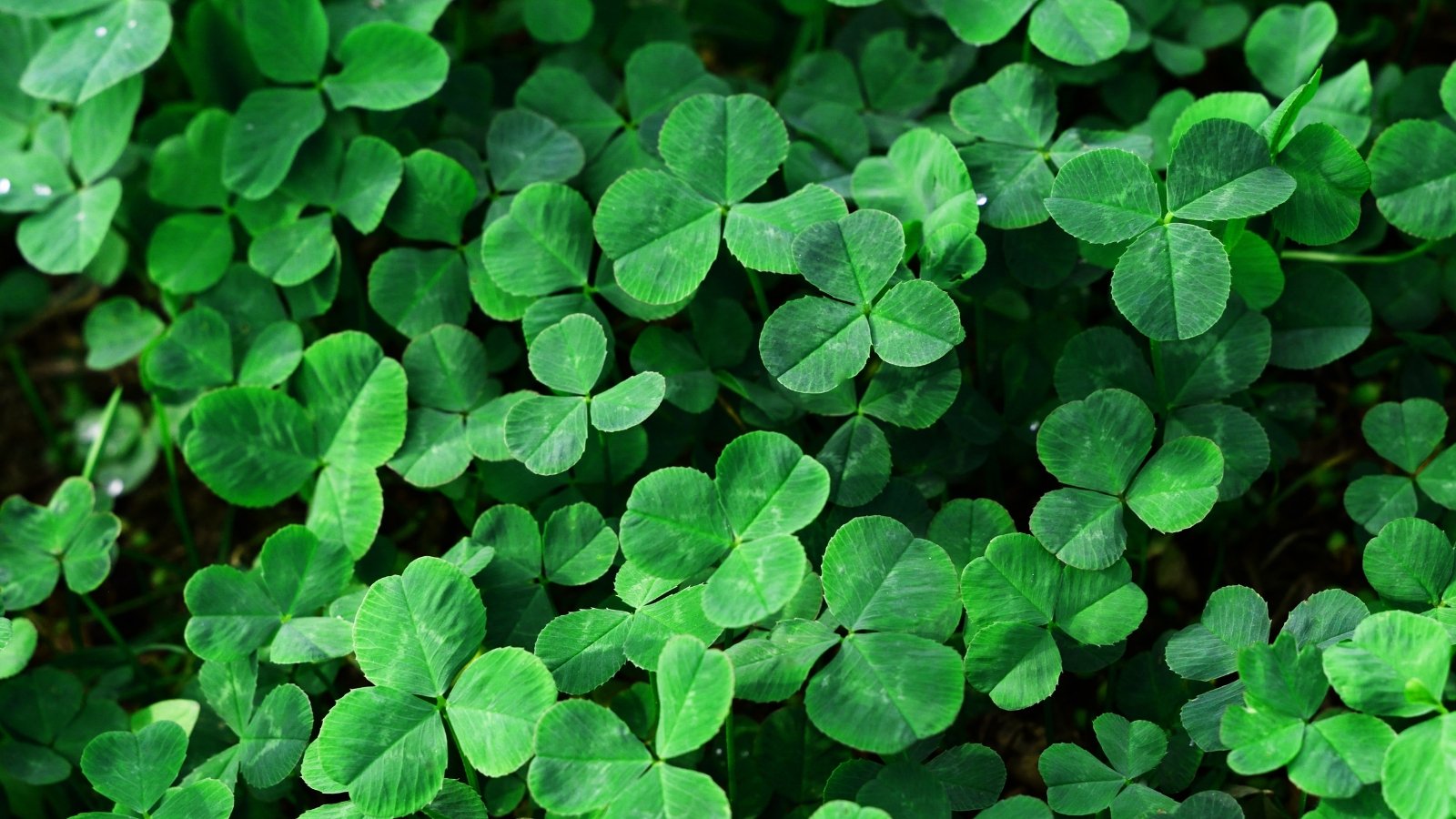

White clover is an excellent cowl for higher-traffic areas. It’s resilient, sturdy, and cold-tolerant. It’s moreover favored by grazing animals and honeybees. You must use it between rows of various vegetation to behave as residing mulch and weed suppressants.
Plant this cowl crop in September and help forestall erosion. Clover has a thick, interconnected root system that breaks up compacted earth and holds each half in place. Clover is nitrogen fixing, as successfully, although it’s not as environment friendly for this operate as completely different legumes are.
Crimson Clover
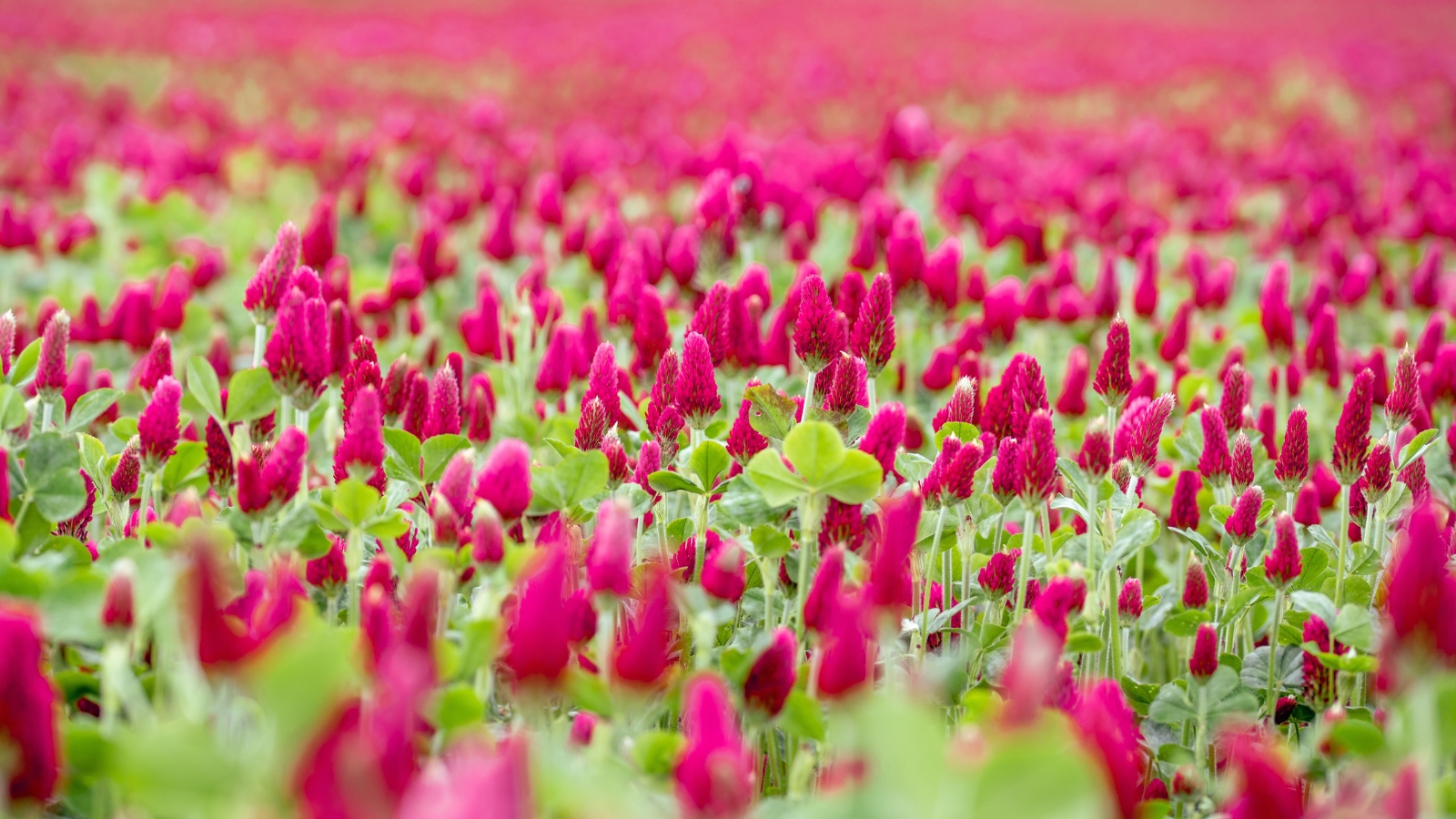

Crimson clover does extra accountability as an beautiful ornamental. The scarlet flowers that cowl this mat-forming cowl are nice! It creates a home for helpful bugs, so it’s good for pest administration. It’s moreover good for grazing animals.
Like completely different clovers, crimson clover is a nitrogen fixer. Its roots are good for bettering soil building and stopping erosion. It moreover helps to control weeds throughout the spring.
Mustard


Mustard is an excellent winter leafy inexperienced vegetable. It’s moreover good for rotating with completely different, warm-season veggies. Mustard releases chemical compounds into the soil that help to repel pests and damaging pathogens beneath the soil flooring. Biofumigation is the time interval for this course of. It’ll in all probability moreover repel some weeds.
Mustard is a fast grower, and it likes cool local weather, so it covers the underside quickly and totally. It scavenges nutritional vitamins that you’d be capable of feed once more into the earth in spring. You’ll be able to too eat mustard; it is a big biomass producer, so it’s a tremendous vitality provide for us!
Cowpea


Cowpea is an excellent nitrogen fixer and offers pure matter to your beds as successfully. They’re drought-resistant and easy to care for. This fast grower blocks out weeds and helps to reinforce texture and aeration.
This flowering plant provides very important nutritional vitamins for pollinators and completely different helpful bugs. By feeding bugs like girl beetles and bees, chances are you’ll maintain them shut for all the work they perform throughout the rising season. It’s a decently cost-effective plant as successfully.
Oats
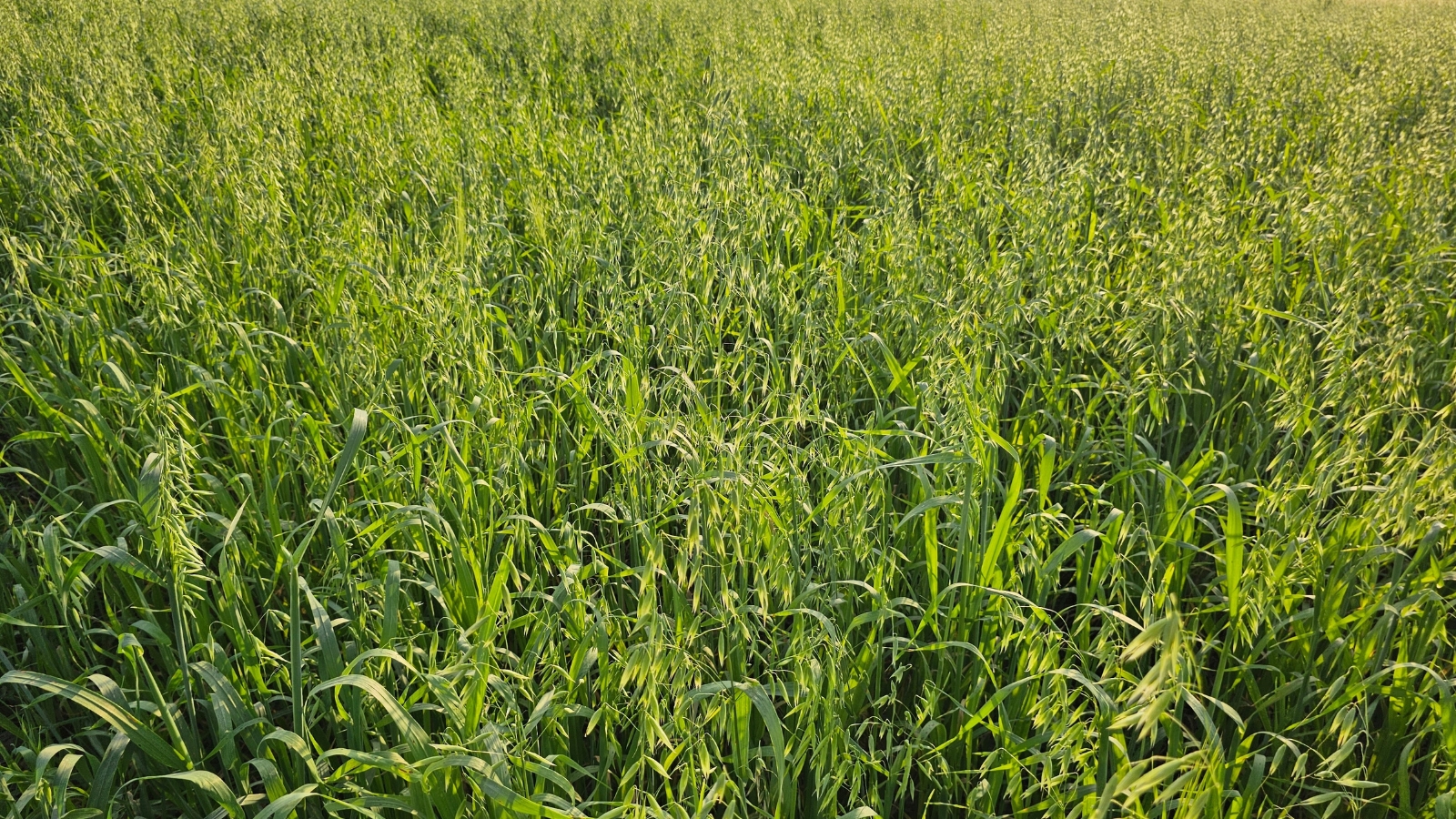

Plant oats together with legumes to improve legume progress. Oats make good mulch to insulate subsequent season’s crops. Moreover they contribute to softening and loosening the earth, which suggests greater root development for the following residents.
Oats are good for stopping erosion, they normally act as a weed suppressant. They’re vigorous growers that may out-compete weeds for nutritional vitamins and water, so that they’re good for retaining intruders to a minimal.
Winter Wheat


Winter wheat is a cereal grain like oats and rye. It’s good at scavenging nutritional vitamins that you’d be capable of put once more into the soil if you happen to chop it and drop it. It’s cheap than many various cereal grains, so it’s well-liked due to this. It’s slower to mature, and it’s simple to develop.
Mix wheat with crimson clover; the two complement each other, and the clover feeds the wheat. Winter wheat is a good weed suppressant and helps to reinforce water conservation.
Berseem Clover


Berseem clover is well-liked for rotating with crops that are nitrogen demanding like corn. It’s a very good nitrogen fixer, and likely the higher of the clovers for this operate. Animals want to feed on it, and pollinators are moreover eager on the flowers.
Together with its nitrogen-fixing capabilities, berseem clover covers most of the bases. It’s an incredible weed suppressant and a vigorous grower. It has an intricate, fibrous root system that helps keep the earth collectively and prevents erosion.
Alfalfa


Alfalfa is among the many hottest and extensively used cowl crops, wonderful for September planting. When you have got grazing animals, it’s a good forage for them. It’s extraordinarily digestible and a tremendous provide of protein. Alfalfa residues moreover help compost to decompose sooner, sustaining larger nutrient ranges throughout the compost.
Alfalfa breaks down quickly usually, so it’s good mulch. It helps to reinforce the development of the soil, forestall erosion, and enhance nitrogen fixation. It’s helpful to pollinators and completely different wildlife. It’s complete a extremely well-balanced chance. Chickens revenue from alfalfa supplementation of their weight-reduction plan.
Austrian Winter Peas


One in every of many predominant benefits of Austrian winter peas is their chilly tolerance. Hardy proper right down to 0°F (-18°C), they survive successfully into the winter, usually all via. They’re legumes, which signifies that they are superior nitrogen fixers.
Austrian winter peas are good producers, so that they give you a wide range of pure matter throughout the spring. You could broadcast sow the seeds, which is useful.
On the draw again, Austrian winter peas may enchantment to deer to the yard. In case you don’t ideas feeding the deer, that’s no massive deal, nevertheless you don’t want them consuming subsequent yr’s veggies. It’s moreover a thirsty plant and desires frequent watering.
[ad_2]
Provide hyperlink
